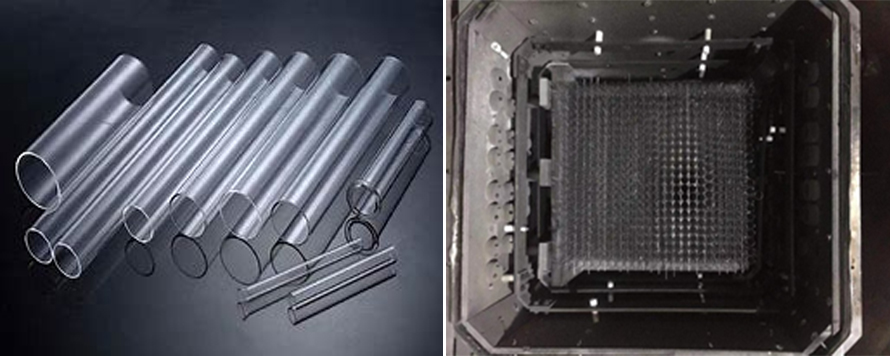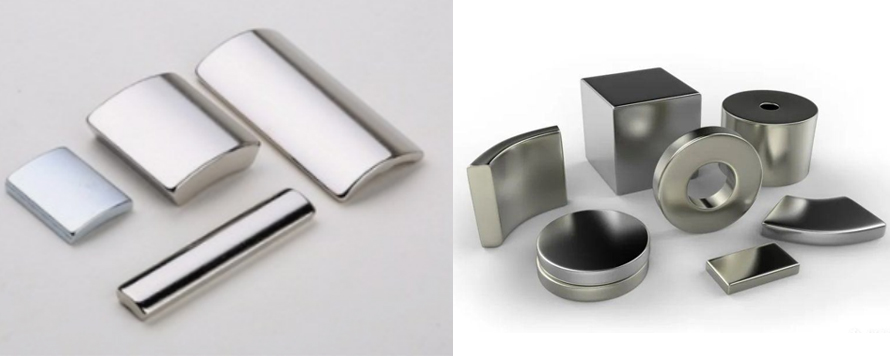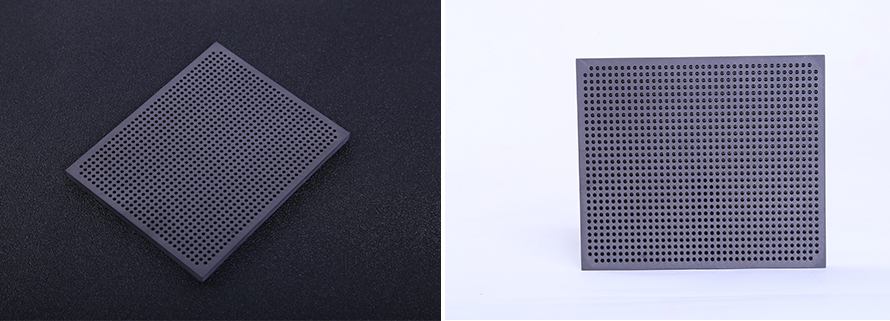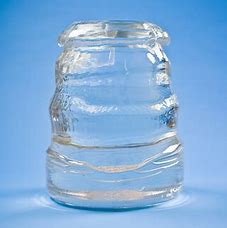Quartz
Quartz is a hard, wear-resistant, chemically stable silicate mineral. With the rapid development of the semiconductor industry, the demand for quartz materials has further increased. Not only that, but quartz is also an irreplaceable basic material in the development of national strategic and pillar industries. The thermal field in the production process of quartz ingots involves the demand for high-purity graphite.

Magnetic material
Magnetic materials are an important branch of metal functional materials. It has the functions of converting, transmitting, processing, and storing information and energy. It is an important basic functional material with a wide range of applications. There are irreplaceable demands for magnetic materials in the fields of electroacoustics, mineral processing, energy, household appliances, medical and health care, automobiles, automatic control, information technology,etc.
Magnetic materials can be divided into two categories: metallic magnetic materials and non-metallic magnetic materials. Among them, the large-scale production of metal magnets such as NdFeB, SmCo, etc. requires the use of a continuous sintering furnace or a single-chamber sintering furnace. The continuous sintering furnace is suitable for continuous production of large-scale orders with high efficiency. The whole set of thermal fields are carbon products, including graphite heating, carbon felt insulation, C/C material plates/racks, C/C rollers, etc. The single-chamber sintering furnace is suitable for the production of small batch orders, such as metal thermal fields, with graphite material boxes.

Electronic sintering mold

Sapphire combines excellent optical properties, physical properties and chemical properties. It has multiple features such as high strength, high hardness and erosion resistance, and has a wide range of applications in many fields such as LED, mobile phone home button, LCD screen, camera lens, watch, etc. Large-sized single crystals are bound to have higher requirements for the graphite thermal field.
In the sapphire production process, HEM, Kyropolous, EFG, and even CZ methods can use graphite materials as their thermal fields.




